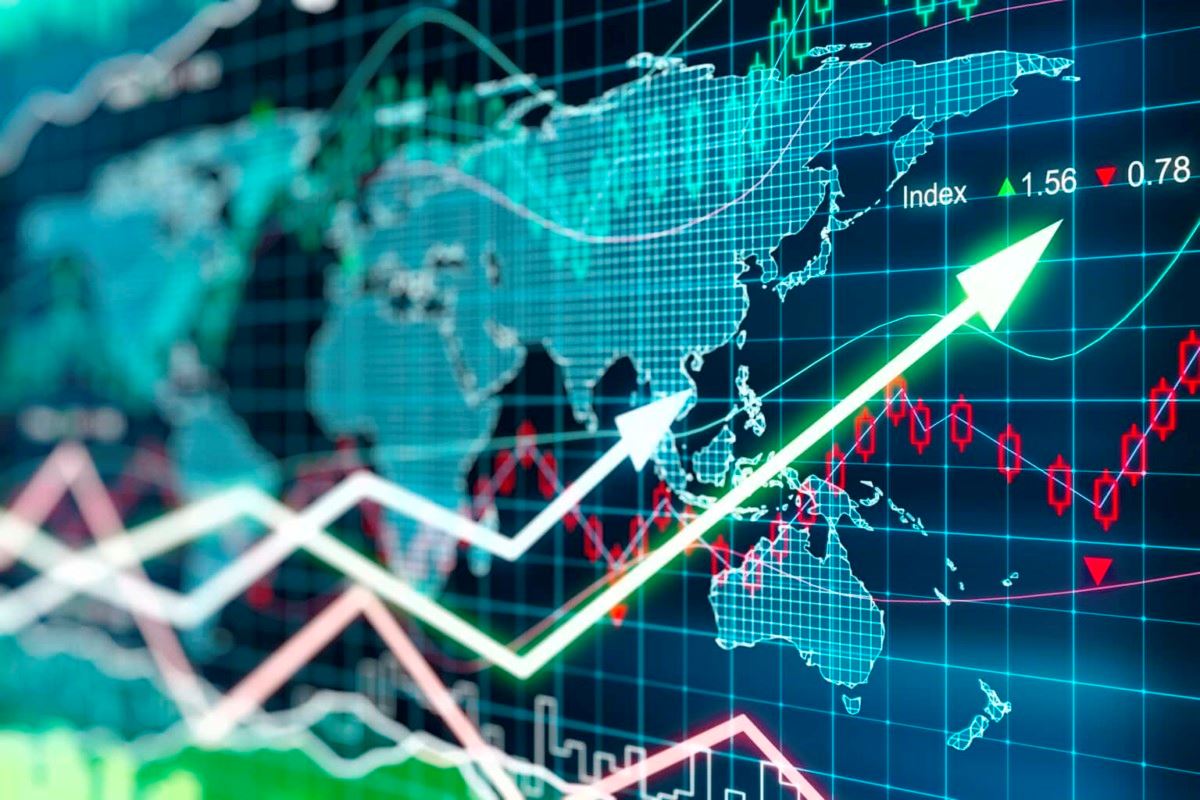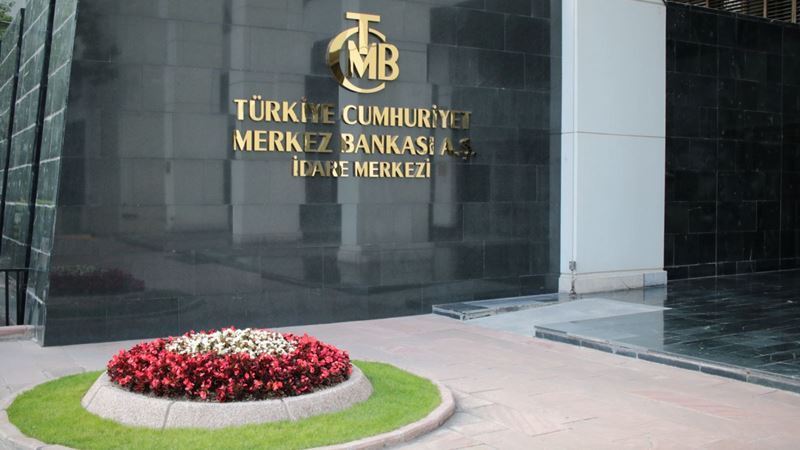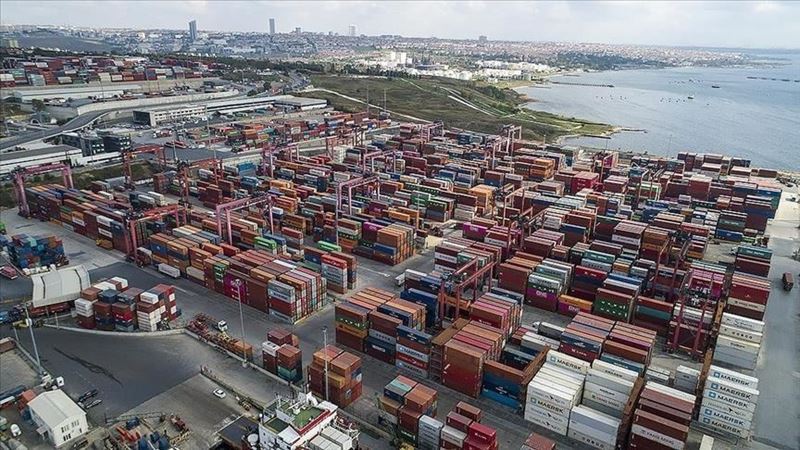China
China is the world's second largest economy and an upper middle-income country according to World Bank classification. China's prolonged COVID quarantine and ongoing restrictions have slowed its growth in 2022. After the normalization process in the country, economic growth is expected to increase from 3% in 2022 to 5.2% in 2023. While the growth forecast for 2024 is expected to be 4.5%, it is predicted that the recovery in the economy will create a positive spread in the region. However, the Chinese economy is facing two obstacles: the impact of the global slowdown on its exports and weakness in the real estate market. Its GDP for 2023 is expected to be $19.37 trillion, equivalent to 18.43% of global GDP. By 2028, China's GDP is estimated to reach $27.5 trillion, which will be 20.5% of the global GDP share.
India
The Indian government has continued its commitment to increase capital expenditures, particularly on infrastructure, to boost growth and competitiveness. Over the years, the rising middle class and the corresponding change in spending pattern have strengthened India's domestic consumption-based economy. Its nominal GDP, which is estimated at $3.76 trillion for 2023, is expected to be $5.57 trillion in 2028, according to IMF estimates, which will make India the world's third largest economy. India is a lower middle income country according to the World Bank. According to an EY report, by 2047, the Indian economy will reach a GDP size of $26 trillion, with per capita GDP exceeding $15,000.
Brazil
An upper middle-income country according to the World Bank, Brazil is the largest economy in Latin America. According to IMF estimates, it is preparing to become the tenth largest economy in 2023 with a GDP of $2.08 trillion, rising one step from the 2022 ranking. Brazil's GDP is estimated to be $2.75 trillion by 2028, making it the eighth largest country in the world. The country is home to more than 60% of the Amazon rainforest, the world's largest tropical forest. With the impact of rising global demand, strong prices and technological developments, Brazil's agricultural production has increased rapidly in the last two decades. However, public corruption scandals, political problems, inflation and employment and income inequality have created structural bottlenecks in its progress, and therefore, its growth potential has not been fully realized over the past decade, despite the positive demographic.
South Korea
According to the World Bank, the policies adopted by the government resulted in an average annual real GDP growth of 10% between 1962 and 1994. But the Asian financial crisis exposed long-standing weaknesses in its economy (such as high levels of short-term foreign borrowing), which led to a sharp contraction in its GDP. Today, the country is one of the centers of technology and innovation. Korea, is home to world-renowned companies such as Samsung Electronics Co. Ltd, Hyundai Motors Company Limited, Kia Motors Corporation, Hyundai Heavy Industries Company Limited and POSCO. The projected GDP for 2023 is $1.72 trillion, making Korea the 12th largest economy. Its GDP is expected to reach US$2.12 trillion by 2028. Korea remains one of the world's most export-dependent industrialized countries.
Mexico
With its rich cultural history and abundant natural resources, Mexico is the 14th largest economy in the world and the second largest in Latin America. Mexico has made progress over the past three decades; however, it did not reach its full potential. According to one report, Mexico's average annual GDP growth rate of 2% since the signing of NAFTA in 1993, moves slower than most of developing countries because of high rates of informal employment (56%), poverty (44%), and declining oil production. Mexico's 2023 GDP is estimated at $1.67 trillion and is expected to reach $2 trillion by 2028. Classified as an upper middle-income economy according to the World Bank, Mexico has 6.1 billion barrels of oil reserves and is an OPEC+ country.
Indonesia
Indonesia, the world's largest archipelago, is the world's 15th largest economy and Southeast Asia's largest economy. In the 30-year period until 1997, the country grew at an annual average rate of 7%. It was hit hard by the Asian financial crisis in 1997, which resulted in a double-digit contraction of GDP. Indonesia adopted corrective policies that protected its economy during the 2008 crisis. However, COVID-19 has negatively impacted its economy and has been relegated from an upper-middle-income nation to a lower-middle-income nation by the World Bank. The current period marks the final stage of the 20-year development plan (2005-2025), which “aims to strengthen the economy by improving human capital and competitiveness in the global market”. Indonesia's 2023 GDP is estimated at $1.39 trillion and is projected to reach $2 trillion by 2028.
Saudi Arabia
Saudi Arabia has the second highest proven oil reserves in the world. As the world's largest oil producer and exporter, oil is an integral part of the Saudi economy. Its economy grew 8.7% in 2022, driven by high oil prices, increased private investment and the implementation of reforms. Realizing its dependence on oil, Saudi Arabia has sought to diversify its economy over the past decade. It joined the World Trade Organization in 2005 to provide access to global markets, create jobs and encourage foreign investment. In 2022, it experienced non-oil GDP growth of 4.8%, with wholesale, retail trade, construction and transportation being the main drivers of non-oil growth. The current state of booming economic activity is accompanied by low unemployment and inflation. The GDP forecast for 2023 is $1.06 trillion, which is predicted to be $1.25 trillion in 2028.
Türkiye
Türkiye is the 19th largest economy in the world. According to IMF data, the GDP size of 905.52 billion dollars in 2022 is expected to join the 'trillion dollar economy' club with 1.02 trillion dollars in 2023. Turkey's real GDP grew by an average of 5% per year between 2002 and 2018, reaching upper-middle income status. However, the country's economy has faced many challenges since 2018, including high inflation, increasing current account deficit and external debt. In early 2023, a devastating earthquake caused widespread damage in southern Türkiye. The increase from restructuring efforts is expected to largely offset the negative impact on economic activity from the disruption. Overall, the unemployment rate is expected to remain close to 10%, while inflation is expected to remain above 40% in 2023 and 2024. The economy is projected to grow to $1.33 trillion by 2028.
Taiwan
Taiwan's vibrant market economy occupies an important position in the global economy. Taiwan entered the high-tech sector in the 1980s. Today, the information and communication technology industry is among the best known in the world. Taiwan is home to some of the most well-known companies worldwide, such as Taiwan Semiconductor Manufacturing Company Ltd. (TSM), ASE Technology Holding Co., Ltd. (ASX), United Microelectronics Corporation (UMC), Chunghwa Telecom Co., Ltd. (CHT), Himax Technologies, Inc. (HIMX), Foxconn/Hon Hai Precision Industry Co., MediaTek Inc., Formosa Petrochemical Corporation, and Delta Electronics, Inc. A high-income economy as classified by the World Bank, Taiwan's 2023 GDP is estimated at $790 billion and is expected to exceed $1 trillion by 2029, according to IMF data.
Poland
The Polish economy has witnessed a steady pace of growth and development for over 25 years, making it one of the most resilient economies in Europe. With a projected GDP of $748.88 billion in 2023, Poland is the world's 21st largest economy. Poland will join the trillion dollar economy club by 2028. Exports and domestic consumption are the two main drivers of Poland's economic growth. As the country struggles with high inflation and slowing growth due to the ongoing Russia-Ukraine war, it has also opened its borders to one million refugees from Ukraine.











Comments
No comment yet.